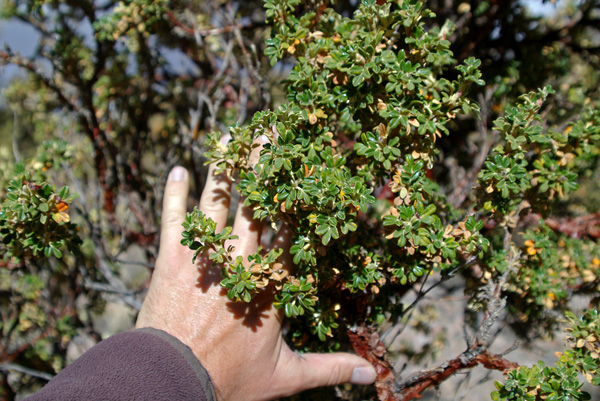|
Polylepis
''Polylepis'' is a genus comprising 28 recognised shrub and tree species, that are endemic to the mid- and high-elevation regions of the tropical Andes. This group is unique in the rose family in that it is predominantly wind-pollinated. They are usually gnarled in shape, but in certain areas some trees are 15–20 m tall and have 2 m-thick trunks. The foliage is evergreen, with dense small leaves, and often having large amounts of dead twigs hanging down from the underside of the canopy. The name ''Polylepis'' is, in fact, derived from the Greek words poly (many) plus letis (layers), referring to the shredding, multi-layered bark that is common to all species of the genus. The bark is thick and rough and densely layered for protection against low temperatures. Some species of ''Polylepis'' form woodlands growing well above normal tree line within grass and scrub associations at elevations over 5000 m; which makes ''Polylepis'' appear to be the highest naturally occurring arbora ... [...More Info...] [...Related Items...] OR: [Wikipedia] [Google] [Baidu] |
Polylepis Australis ''Polylepis australis'', also known locally as tabaquillo or queñoa is a tree endemic of central Argentina, member of the family Rosaceae. The genus ''Polylepis'' originated in the eastern Andean forests of eastern South America. Description The plant has small, pinnate leaves, 7–10 cm long, normally composed of five or seven leaflets. In harsh winters, ''Polylepis australis'' survives by producing rolls of loose, papery like exfoliating brownish bark; the rough outer covering of the woody stem of tree. Range and habitat ''Polylepis australis'' is native to the Sierras Pampeanas, a series of north–south-running ranges on the eastern side of the Andes in north-central Argentina, in the provinces of Catamarca, Córdoba, Jujuy, Salta, and Tucumán. It occurs from 1200 to 2900 meters elevation, most commo |
